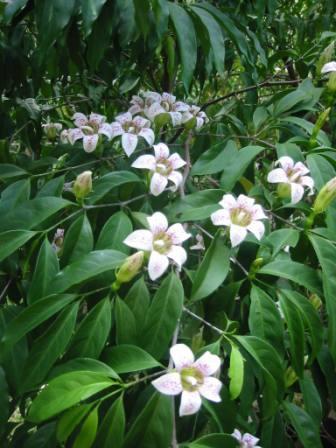Research
|
NewPCA was a main partner in the instigation of the Seychelles Plant Conservation Research Agenda 2008-2015. Researchers interested in carrying out plant research in Seychelles should consult this document to check out research priorities, as many of the options are still valid. Other research topics may be accepted for study but the authorities are more likely to give preference to priority objectives.
Potential researchers should visit the website of Seychelles Bureau of Standards for information about doing research in Seychelles: look under 'Research activities'. As far as we are aware, there is no charge for processing an application although the website says there is. Please note that local people should be involved in research projects if at all possible, either as collaborators or to provide assistance, with due recognition given in subsequent reports and papers. Training of Seychellois, through participation in research, is highly valued because there is still minimum botanical research capacity within the country. Additional information may be acquired from PCA. Contact Us for all enquiries. Recent research work by PCA members has been mainly into fern species, with several new species being described and the taxonomy of others revised (New Fern Species). Other members have assisted visiting botanists carrying out research on lichens, fungi, pitcher plants and various rare endemic tree species. Also work on the functional ecology of plants, inter-relationships between plant and animal species and plant-fungal relationships. Research in 2013 and 2014 was through explorations into under-explored parts of the main granitic islands, which was a significant aspect of the GEF-funded 'Key Biodiversity Areas' project. Some very interesting discoveries were made, including new and very rare species of flowering plants, ferns, and invertebrates. Since mid-2018 we have two PhD student members from overseas universities studying various aspects of vegetation restoration at a number of sites in the mountains of Mahe Island (Restoring glacis habitat). |



